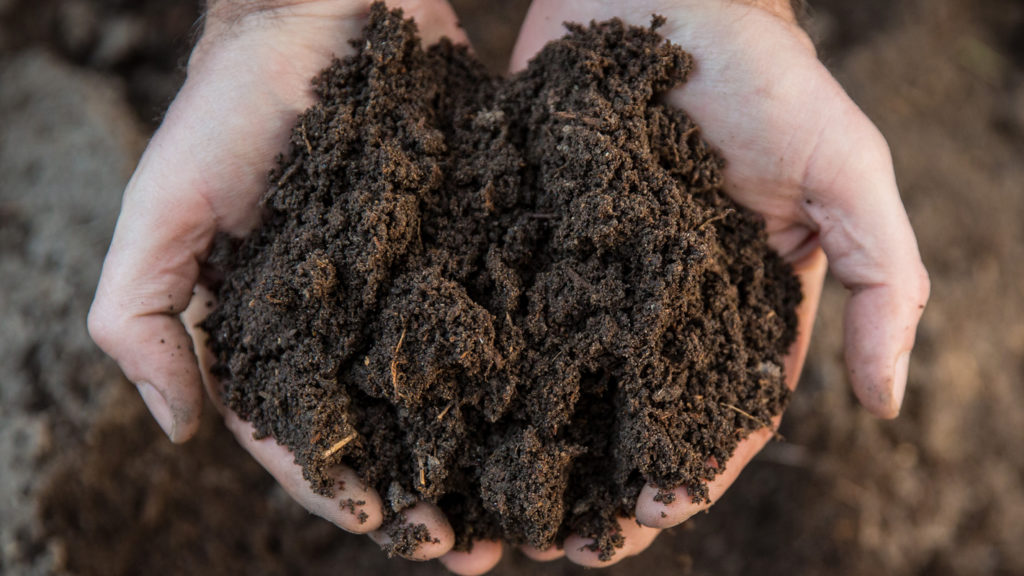In this opening column, he sets the stage for future columns on an issue where many farmers are seeking help.
However, what is lacking in these efforts is the real understanding of what we mean by carbon sequestration — without muddying the waters with other ancillary products being promoted to farmers under the concept of carbon sequestration.
It is simply the soil-plant-atmosphere relationship that reduces CO2 concentration in the air, which contributes to net zero emissions.
Therefore, there is an urgent need for the establishment of core principles to ensure high-quality carbon credits, well-defined technical and legal standards, and a cohesion of currently fragmented carbon credit markets in an impactful and well-run system.
• Credible field measurement tech.
It is imperative to establish clear technical and legal standards to govern unified carbon credit markets, providing quality and certainty of carbon credits to both seller and buyer in the private market.
Understanding these principles in managing fields under carbon credit contracts is critical to continue implementation of CO2 sequestration practices, such as no-till to secure storage of new carbon, which is most sensitive to any form of soil tillage and disturbance.
Most importantly, it should be understood that carbon sequestration in agricultural land is a long-term commitment.
His research focuses on the effects of cropping and tillage systems, crop residue management, cover crops and nitrogen application on soil health, soil carbon dynamics, carbon sequestration, greenhouse gas emissions and other ecosystem services.
